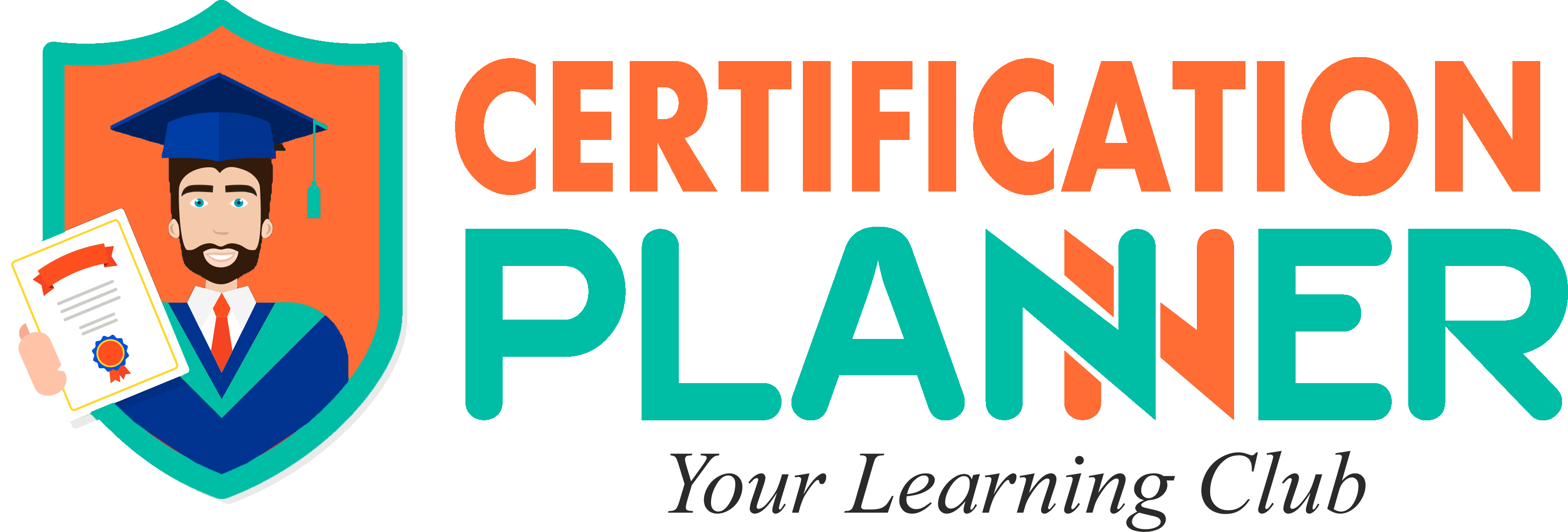5 Phases of Lean Six Sigma | DMAIC
Lean Six Sigma (LSS) is a qualitative approach combined with Lean and Six Sigma strategies. Lean is a principle that identifies and reduces the project activities that are not required. Project activities that are repetitive and unnecessary are also called project waste, and lean methodology focuses on eliminating waste. Six Sigma is a problem-solving methodology that emphasizes eliminating or minimizing errors and focuses on continuous improvement. Both the strategies are extremely important to main the quality of the project.
Lean Six Sigma Certification is one of the top quality management certifications accredited by the International Association of Six Sigma Certifications (IASSC™). Lean Six Sigma Certifications are designed to eliminate the wastes, resolve the existing problems in the project, identify the root cause of the error, discard it, and increase the project resources' efficiency. The certifications are designed in slab and up-gradation format:
- Lean Six Sigma Yellow Belt
- Lean Six Sigma Green Belt
- Lean Six Sigma Black Belt
LSS methodology is based on a problem-solving structure called DMAIC (pronounced as “duh-may-ik”). It is a quality strategy and data-driven approach for improving the quality of the project. DMAIC is highly recommended and practiced
in all the industry to resolve errors, variations, excess cost. DMAIC is a five-phase process and is an acronym of:
- Define
- Measure
- Analyze
- Improve
- Control
DEFINE
Define is the first phase of the DMAIC cycle. The define is the key phase that initiates quality improvement by developing the problem statement, identifying objectives, resources, and project milestones to take further steps to initiate the solution.
Problem statement: It is a document developed to know the effects of the problem. The problems are prioritized based on the confirmation and severity of the issue on the project.
In this phase, the project Charter is drafted, high-level maps of processes are built, and then the customer's needs are explored.
The project charter is a document that outlines the whole project in brief. The project charter includes:
- The objective of the project
- Stakeholders
- Requirements
- High-level assumptions
- Constraints, etc.
Define phase includes,
- Defining problems by developing a “problem statement” document
- Defining the project goal by developing a “Goal Statement” document
- Defining the process of the project by developing a process map
- Defining the requirements from the customer
- Inform about the project process and progress
Tools used in defining phase:
To define Goal Statement: Project Charter.
To develop process maps: SIPOC: Suppliers, Inputs, Process, Outputs, and Customers, Value Stream Map, and Swimlane Maps are used.
To define the customer and their requirement: Voice of the Customer (VOC) Translation Matrix and Tree Diagram are used.
To inform others about the progress of the project: A3, Relationship Map, and Stakeholder Analysis are used.
MEASURE
The magnitude of the problem is identified in this phase. To measure the problems, the baseline is created. The data collected in this phase is used throughout the project.
The Measure phase involves,
- Baseline Creation
- Root cause analysis
- Baseline Data collection
- Varifying the data collected
- Update the project charter
This phase aims to determine the current performance of the project and measures how much to improve.
Tools used in Measure phase:
To collect all the data: Data collection plan is developed. It determines,
- Where to get the data
- How much data is required
- Who will be responsible for data collection
- How to collect the data
To carry out root cause analysis: Fishbone Diagram, Pareto Chart, Scatter Diagram.
To collect data: Check sheet and checklists.
To verify the collected data: Control Graph.
The collected data and the changes are updated in the Project charter.
ANALYZE
In this phase, the problems detected are analyzed. This phase is carried out parallelly when the defined problems are measured.
This phase involves,
- Visually inspecting the data.
- Analyzing the root causes
- Verifying the causes of the defects through,
- Process analysis
- Data analysis
- Process observation
- Comparative analysis.
Process analysis: When the process maps are created and measured, the defects are listed within the process. To verify the root cause analysis pf the defects, the process maps are analyzed, which includes,
- Time Analysis
- Value-Added Analysis
- Value Stream Mapping
Updating the project charter after analyzing the data, finalizing the process and scope of improvement.
The tools used in the Analyze phase are:
To examine the process: Value stream mapping and Value-added Flow Analysis
To visually analyze the data: Run Charts, Histograms, Box Plots, and Pareto Charts
are used.
To analyze the root cause: Fishbone Diagram and the 5Whys are used.
To verify the causes of the defects: Root Cause Hypothesis is used.
IMPROVE
In this phase, the solutions are developed for the problems determined. Implementation of successful solutions is also done in this phase. The team refines the ideas by brainstorming, monitor process changes, and implement the ideas.
This phase involves,
- Brainstorming the ideas
- Listing all the best of solutions
- Different solutions are analyzed based on process maps.
- Finalizing the solution
- Implementing the solution
- Recording the improvement
The tools are techniques used to determine the best solution and are updated in the project chart.
The tools used in this phase:
To brainstorm the ideas: Benchmarking and Classic lean improvements are used.
To bring out the best solutions: A weighed Criteria Matrix is used.
To select the solutions providing the best impact. Impact Effort Matrix is used.
To develop a process map: To-Be Map, Value Stream Map, and Swimlane Maps are used.
To select the solution: PDCA (Plan Do Check Act ) is used. PDCA is a mini testing cycle carried out to select the best one.
To implement the plan: A pilot checklist is used.
Process changes are measured to check the improvement against the baseline.
CONTROL
In this phase, the solutions implemented are maintained. This phase aims to create:
- Monitoring plan: A monitoring plan is developed to observe the implemented
- Measure success: Once the solution is implemented, the success rate is measured to know how far the solution is working.
- Update process: Process is updated after measuring the implementation.
- Develop a response plan if any dip is found.
The control phase is based on 4 principles:
- Value: To determine the steps which are important and are valued.
- Flow: The flow of the project process to be maintained smoothly.
- Pull: To ensure the customer’s demand is aligned with a process change.
- Perfection: The accuracy in the process.
Tools used in Control Phase:
To monitor the executed solution: Control charts are used.
To monitor the variability: I-MR ( Individual and moving range) charts are used.
To develop a response plan if any fall is observed: OCAP Table – Out of Control Action Plan Table is used.
Conclusion:
DMAIC cycle is essential in the field of quality management. A comprehensive study of DMAIC will fetch you immense knowledge and expertise in quality management. Upgrade your career with Quality Management in different certifications offered by Certification Planner. The list of Lean Six Sigma Certifications in quality management are:
- Lean Six Sigma Yellow Belt Certification
- Lean Six Sigma Green Belt Certification
- Lean Six Sigma Green Belt Plus IASSC Exam
- Lean Six Sigma Black Belt Certification
- Lean Six Sigma Black Belt Plus IASSC Exam
- Dual Lean Six Sigma Yellow & Green Belt Certification Training
- Dual Lean Six Sigma Green and Black Belt Certification Training
Explore our Lean and Six Sigma Catalog and choose the course that enables you to improve your skill. You can also reach out to our career experts at support@certificationplanner.com if you have any query related to agile certifications. Happy Learning!


Comments (0)